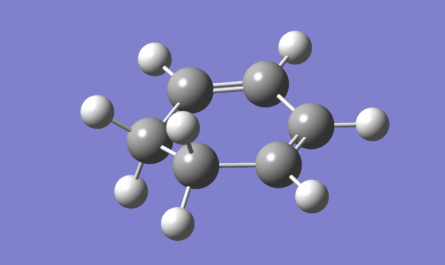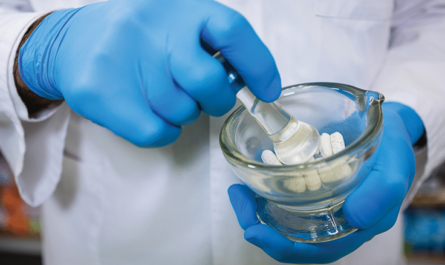Pharmacovigilance, also known as drug safety, is the pharmacological science related to the collection, detection, assessment, monitoring, and prevention of adverse effects with pharmaceutical products.
History and Evolution of Pharmacovigilance
Pharmacovigilance as a formal scientific discipline began developing in the 1960s in response to the thalidomide tragedy. Thalidomide was an over-the-counter sedative that was marketed for relieving morning sickness in pregnant women, but caused severe birth defects when taken during pregnancy. This catastrophic event highlighted the need for more robust systems to monitor drug safety after marketing approval. Since then, pharmacovigilance practices have evolved significantly with advances in technology, data collection and analysis. Major milestones include the founding of regulatory agencies like the U.S. FDA and establishment of formal pharmacovigilance guidelines by international organizations. Today, pharmacovigilance goes beyond collection of adverse events to signal detection, risk management, and benefit-risk communication to support drug safety surveillance over the life cycle of a product.
Components of a Pharmacovigilance System
A comprehensive Pharmacovigilance system typically involves the following core components:
Spontaneous Reporting – This involves voluntary reporting of suspected adverse drug reactions (ADRs) by healthcare professionals and consumers to national pharmacovigilance centers or drug companies. Spontaneous reports continue to be an important data source.
Intensive Monitoring – For new drugs or drugs with known safety concerns, additional monitoring methods are used like pregnancy exposure registries, disease registries, and observational studies to actively collect targeted safety data.
Signal Detection – Sophisticated data mining and statistical techniques are used to detect potential safety signals by analyzing large safety databases and spontaneous reporting data. Signals need confirmation through further studies.
Risk Management – Once safety issues are confirmed, targeted risk minimization actions are implemented through revisions of labeling, education campaigns or restricted access/withdrawal of the drug from the market if risks outweigh benefits.
Benefit-Risk Evaluation – The overall benefit-risk profile of drugs continues to be evaluated based on emerging safety and effectiveness evidence over the marketing lifecycle of the product.
Importance of Multistakeholder Partnerships
No single organization can ensure drug safety alone given the complexity of pharmacovigilance activities. Strong multi-stakeholder partnerships between drug regulators, health departments, healthcare professional bodies, pharmaceutical companies, and patients/consumer groups are indispensable. Regulators develop safety guidelines and monitor overall pharmacovigilance systems while pharmaceutical sponsors are responsible for collecting and reporting safety data for their products. Healthcare professionals play a vital role in reporting suspected adverse drug reactions. Effective communication and data sharing across these groups enables more robust post-marketing surveillance of drugs.
Challenges and Future Directions
While huge strides have been made, several challenges remain. Under-reporting of safety issues continues to be a challenge given the voluntary nature of many reporting systems. Linking diverse real-world data sources effectively for signal detection requires overcoming technical barriers. Ensuring patient access to important new drugs while safeguarding public health also requires difficult benefit-risk decision-making. Global regulatory harmonization of safety standards is an ongoing effort. The future promises more pharmacovigilance innovations including population-level database analytics, social media monitoring, and the use of real-world evidence from electronic health records to enhance post-approval pharmacovigilance and protect public health. Investments in regulatory science, data infrastructure, and manpower will be important to leverage advancing technologies for strengthening drug safety surveillance. Overall, pharmacovigilance will continue evolving to address the increasingly complex drug safety challenges.
As the goals of treatment evolve towards personalized medicines with improved patient outcomes, drug safety science must also advance hand-in-hand. While drug development occurs under strict clinical trial protocols, the real-world use of medicines leads to perpetual learning about benefits and risks. Pharmacovigilance plays a central role in completing the safety evaluation started during pre-approval development by monitoring drugs continuously through their marketed life cycle. Rigorous and coordinated pharmacovigilance efforts across the globe are essential not only for the welfare of patients but also for the sustainability of the pharmaceutical industry and public trust in medical interventions. With enhanced multi-stakeholder collaborations and innovations that leverage real-world data sources, pharmacovigilance promises to strengthen drug regulatory decisions, clinical practices and health outcomes worldwide.
*Note:
1. Source: Coherent Market Insights, Public sources, Desk research
2. We have leveraged AI tools to mine information and compile it



